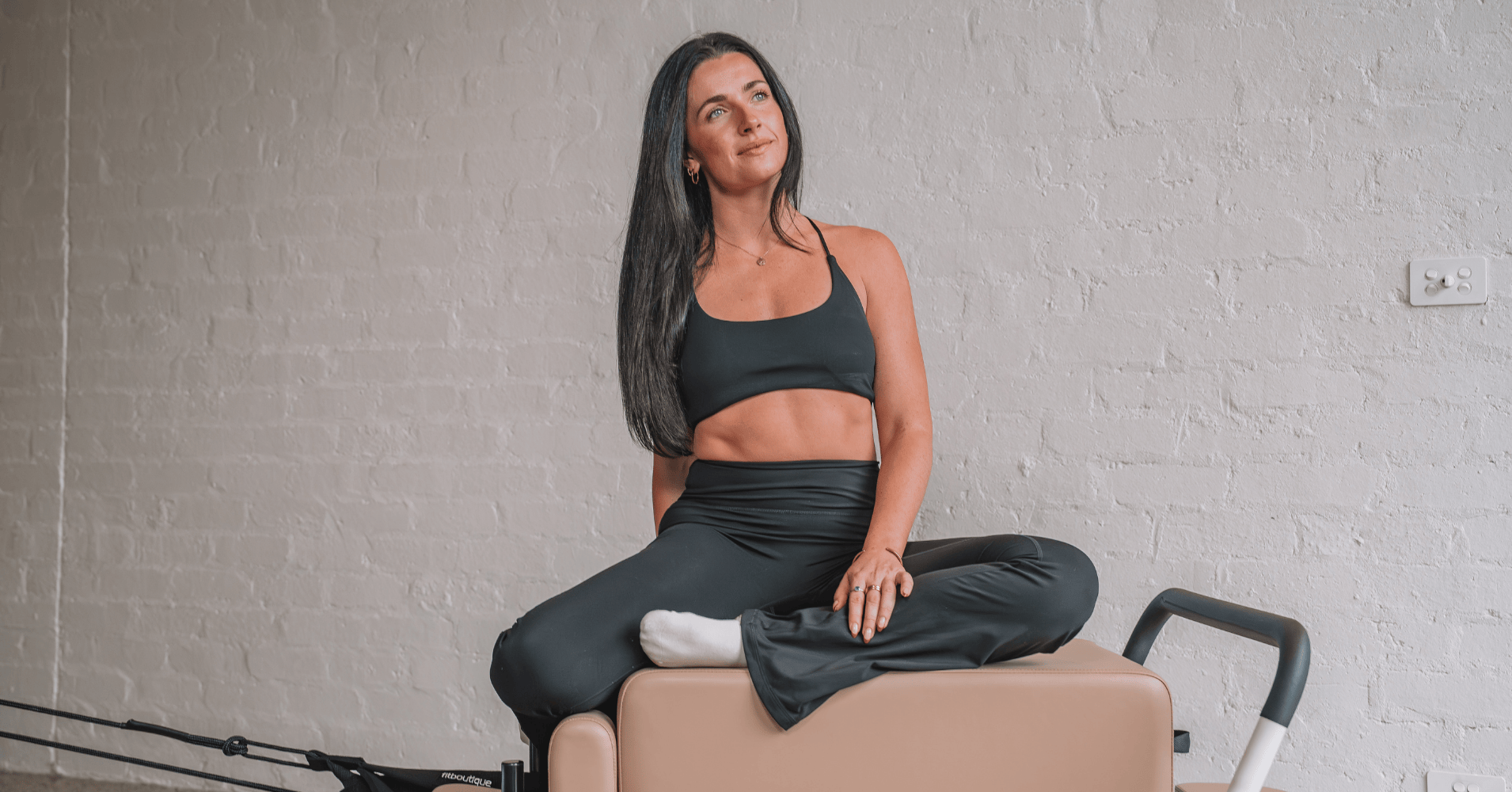
Common Mistakes to Avoid When Opening a Pilates Studio
Thinking about opening your own Pilates studio?
It’s exciting, but the reality is, many new studio owners trip up before they even get started.
From skipping the right gear to overlooking the customer experience, these mistakes can cost you time, money and your reputation.
Here’s what to avoid if you want your studio to stand out and thrive.
1. Cutting corners on your Reformer Machine
Your studio’s backbone is the equipment. If you buy cheap, flimsy reformers, your clients will notice.
What to do instead:
Invest in quality. A Reformer Machine like the Onyx Reformer or Ivory Fold Reformer from FitBoutique isn’t just built to last — it looks sleek in your space and gives clients that premium feel.
Tip: Commercial-grade machines are worth every dollar. They’ll save you from constant repairs and client complaints.
2. Ignoring your space layout
A cramped studio is a vibe killer. If clients feel squished, they won’t come back.
What to do instead:
Plan your layout before ordering equipment. Make sure there’s enough room between each Reformer Machine for safe movement and easy access. Add storage for props like power bands and mats.
3. Forgetting about branding
Many studio owners focus on walls and flooring, but forget the bigger picture.
What to do instead:
Think about how you want people to feel when they walk in. Colours, signage, even the style of your Reformer Machines matter. A strong brand identity makes your studio memorable and Instagram-worthy.
4. Not training or upskilling your instructors
A beautiful studio with average instructors? That’s a fail.
What to do instead:
Hire experienced teachers who can deliver results and keep learning themselves. Encourage ongoing training in areas like reformer Pilates, injury prevention and technique refinement.
5. Overlooking customer experience
Clients won’t stick around if the booking process is a nightmare or the vibe feels off.
What to do instead:
Use good studio software for easy bookings and payments. Offer flexible membership options and trial classes. Make sure your staff know clients by name — it makes a huge difference.
6. Neglecting maintenance of your Reformer Machines
Even the best Reformer Machine needs regular checks.
What to do instead:
Set a maintenance routine. Wipe down straps, check springs and tighten bolts weekly. It keeps your machines safe, smooth and ready for every class.
7. Underestimating marketing
You can have the best studio in town, but if no one knows about it, you’re invisible.
What to do instead:
Use social media, partner with local businesses, and run intro offers. Share videos of your instructors using your Reformer Machines — it builds trust and shows off your studio.
Bottom line
Opening a Pilates studio isn’t just about buying a few reformers and hoping for the best. It’s about planning, investing in quality and creating an experience people will rave about.
If you’re ready to kit out your studio with premium Reformer Machines that clients will love, check out FitBoutique’s range and start your studio on the right foot.
Reformer Pilates Range
Frequently Asked Questions
How much space do I need for a reformer bed?
Space Requirements for Your Reformer
A FitBoutique reformer requires approximately 245cm x 68cm (2.45m x 0.65m) of floor space. Here's what this means for your space planning:
For Home Users
Length: 245cm (8.04 feet)
Width: 68cm (2.13 feet)
Recommended clearance: Add at least 30cm on each side and end for comfortable access
Total recommended space: 305cm x 125cm (3.05m x 1.25m)
For the Onyx Fold model specifically:
Same footprint when in use (245cm x 65cm)
When folded: Takes up significantly less floor space in vertical storage
Ceiling height consideration: Ensure adequate height for vertical storage
What's the difference between commercial and home reformers?
While both offer similar exercise capabilities, commercial reformers typically feature heavier-duty construction, enhanced weight capacity, and more extensive warranty coverage. However, premium home models like the Onyx series bridge this gap with commercial-grade components.
How often should I maintain my reformer?
Regular maintenance includes weekly cleaning, monthly hardware checks, and quarterly deep cleaning of tracks and wheels. Premium reformers come with detailed maintenance guides to ensure optimal performance and longevity.

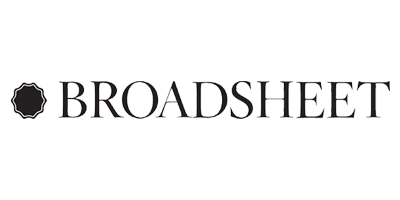









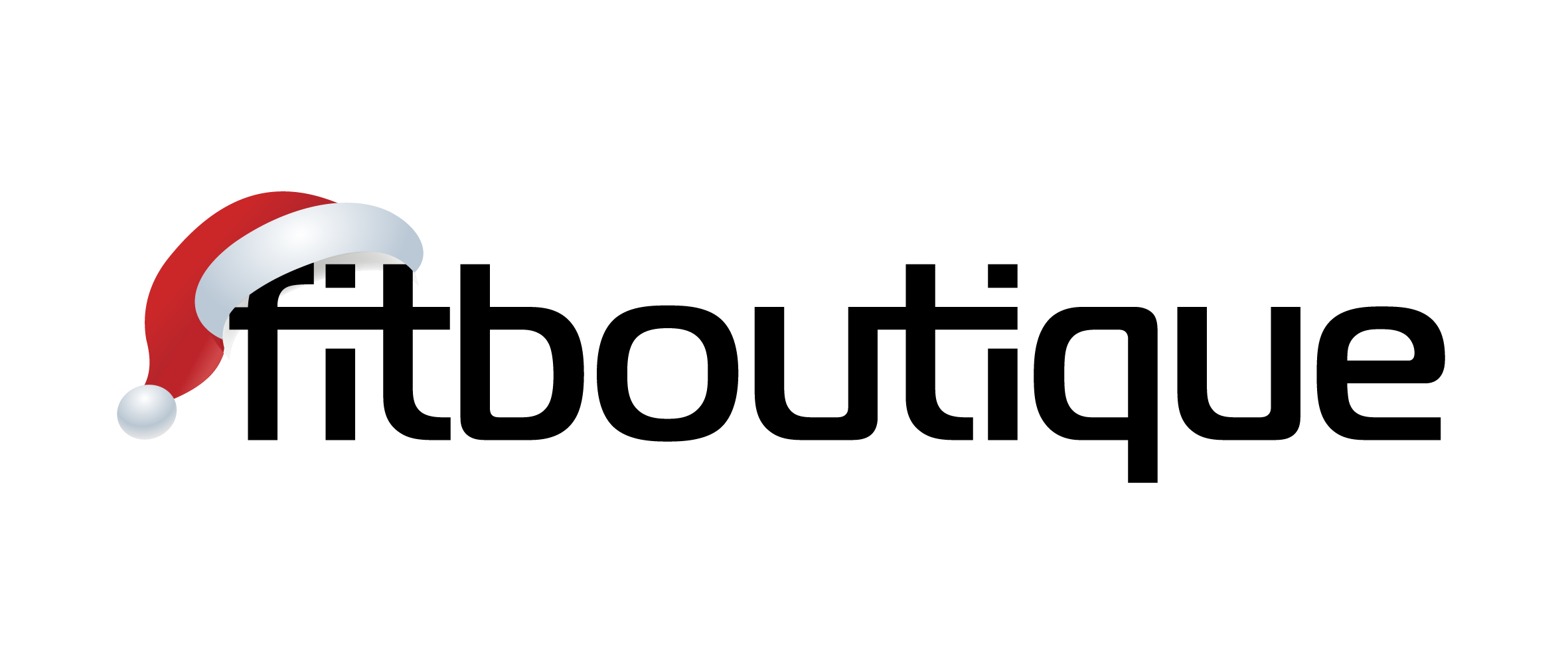

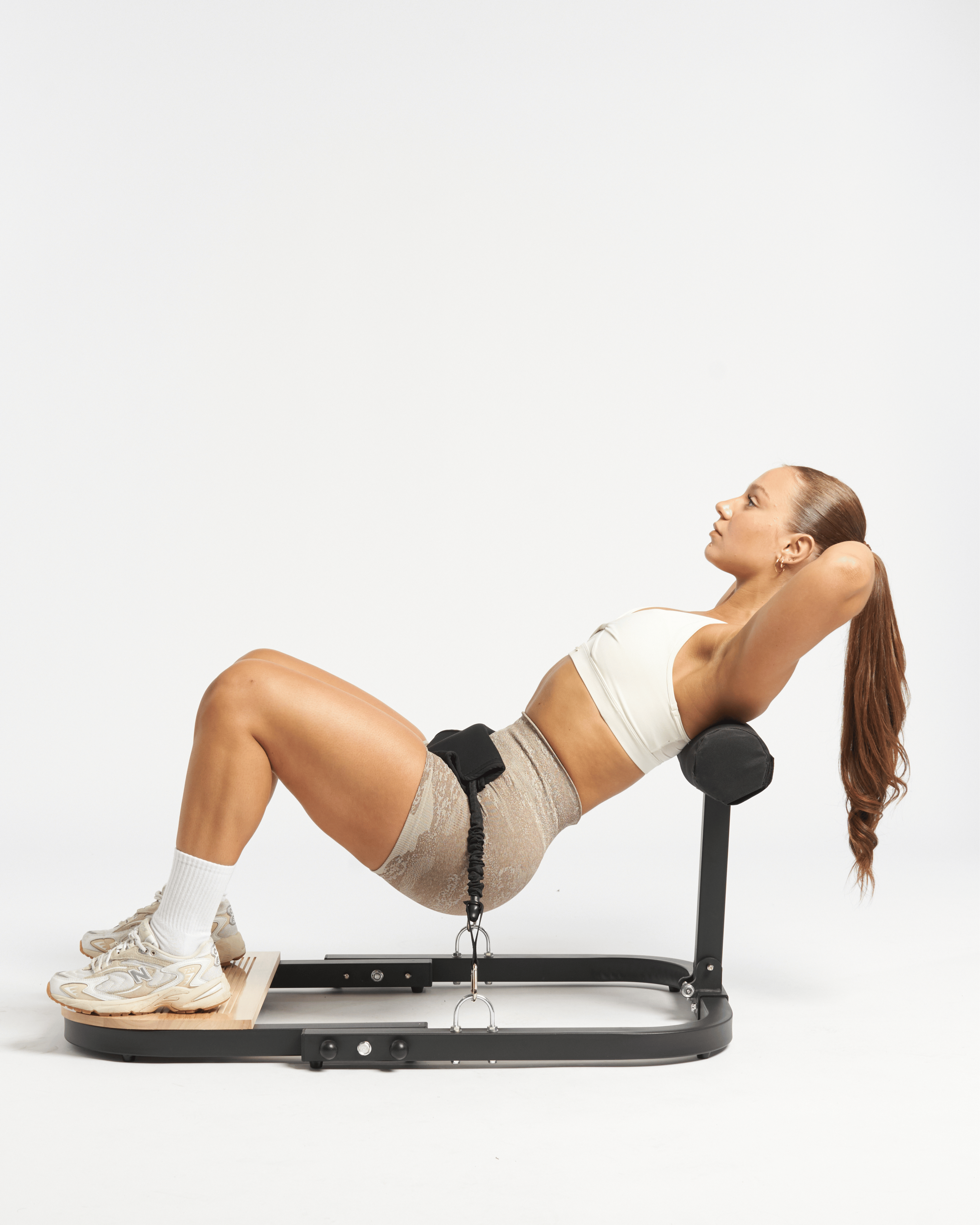
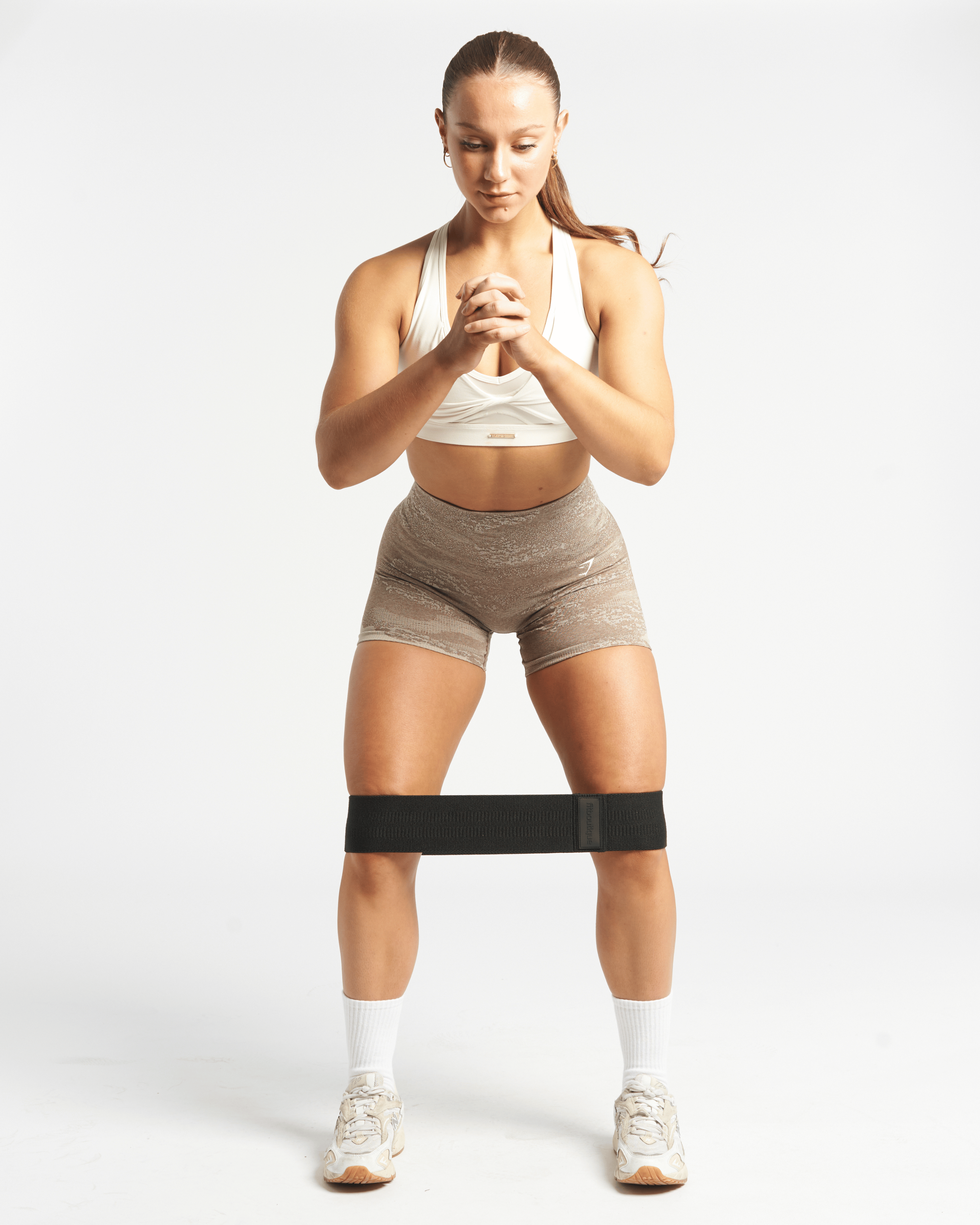
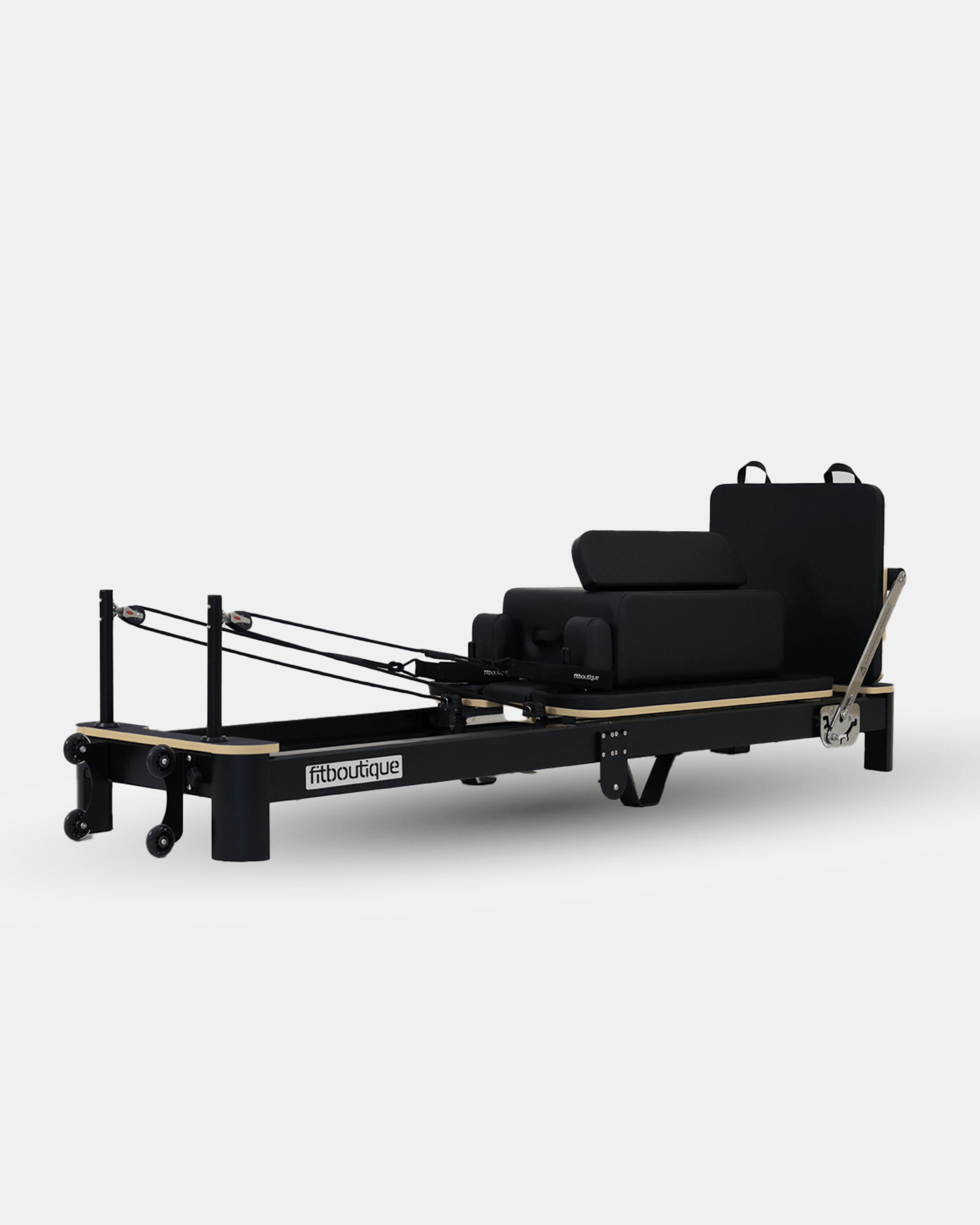
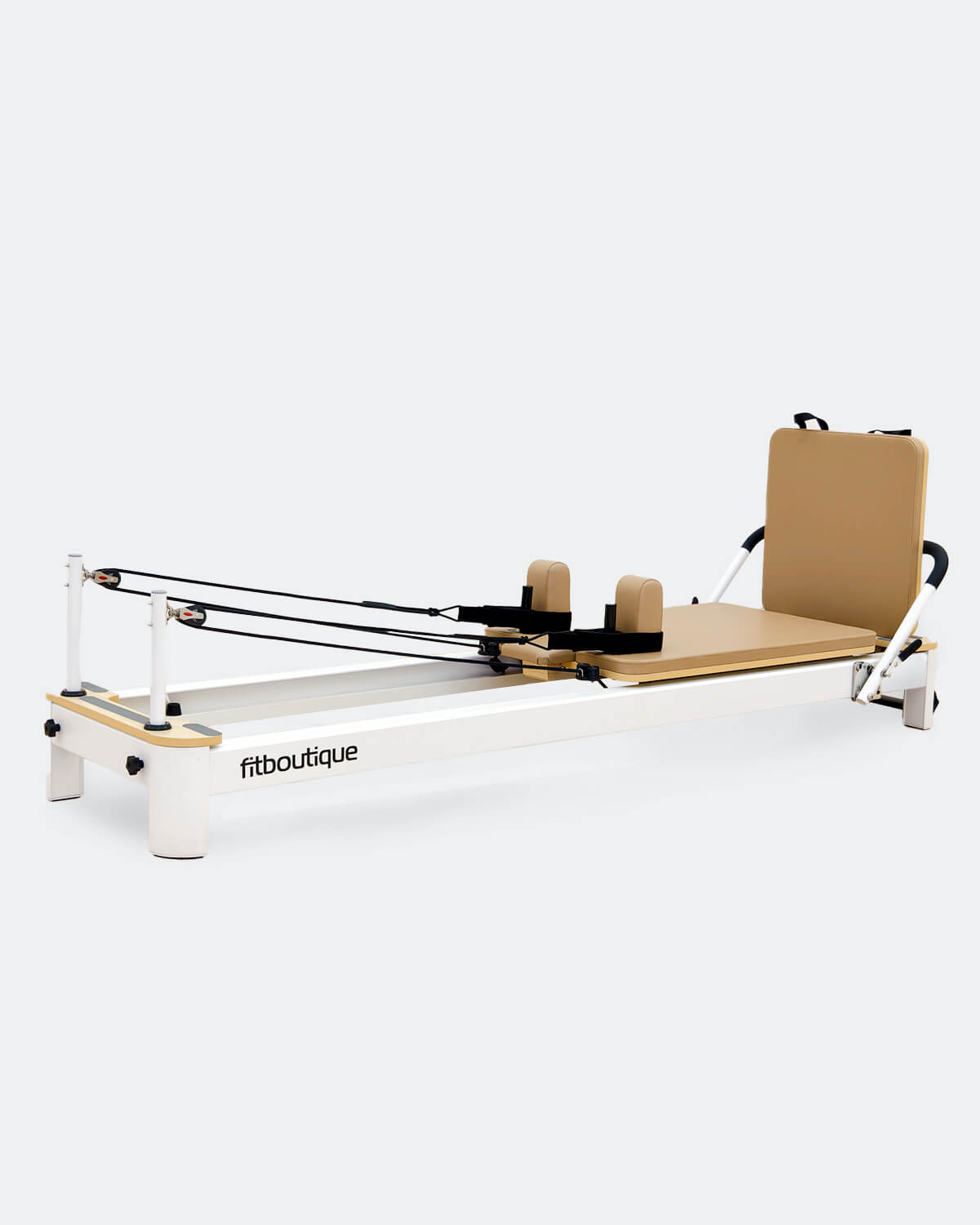
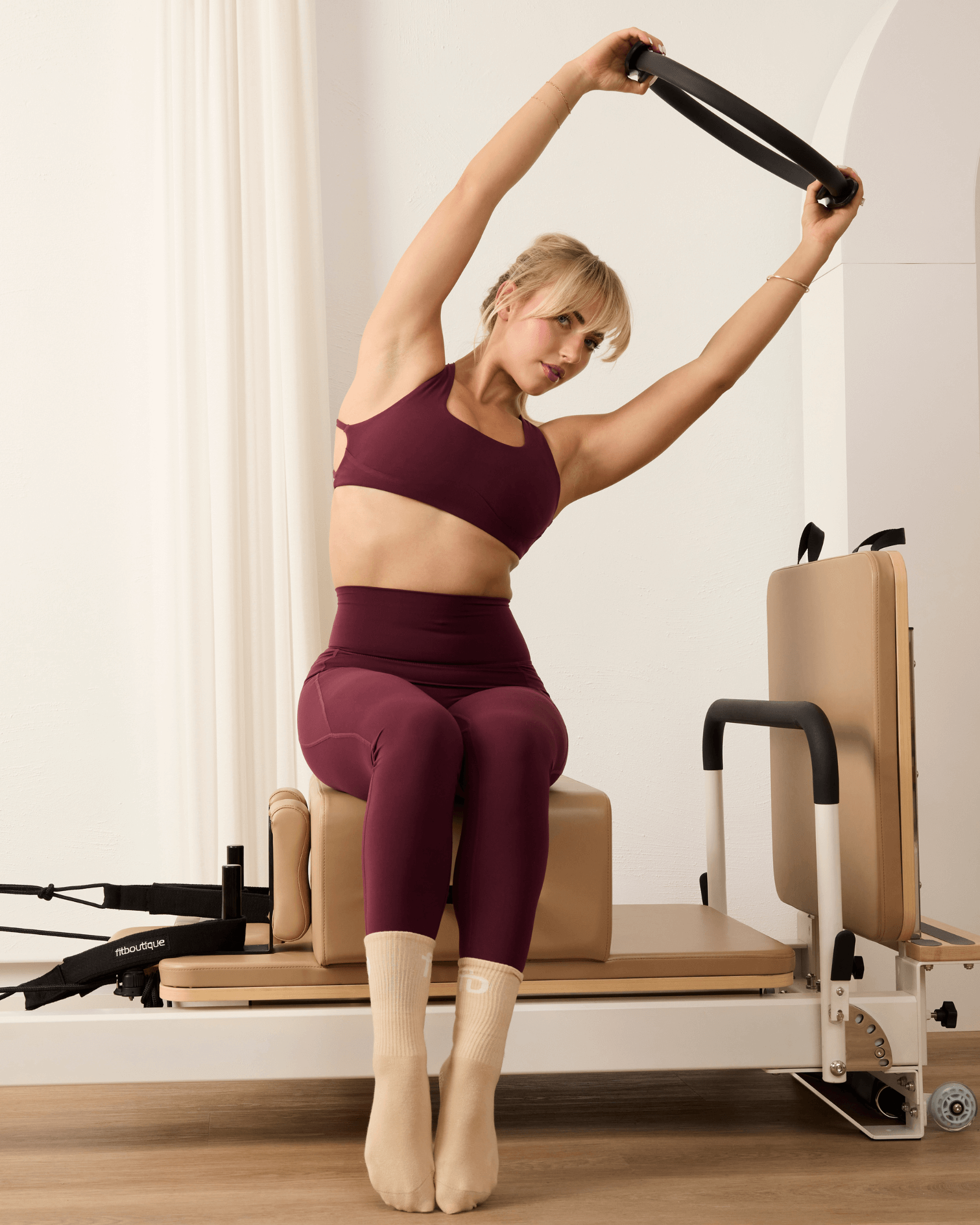
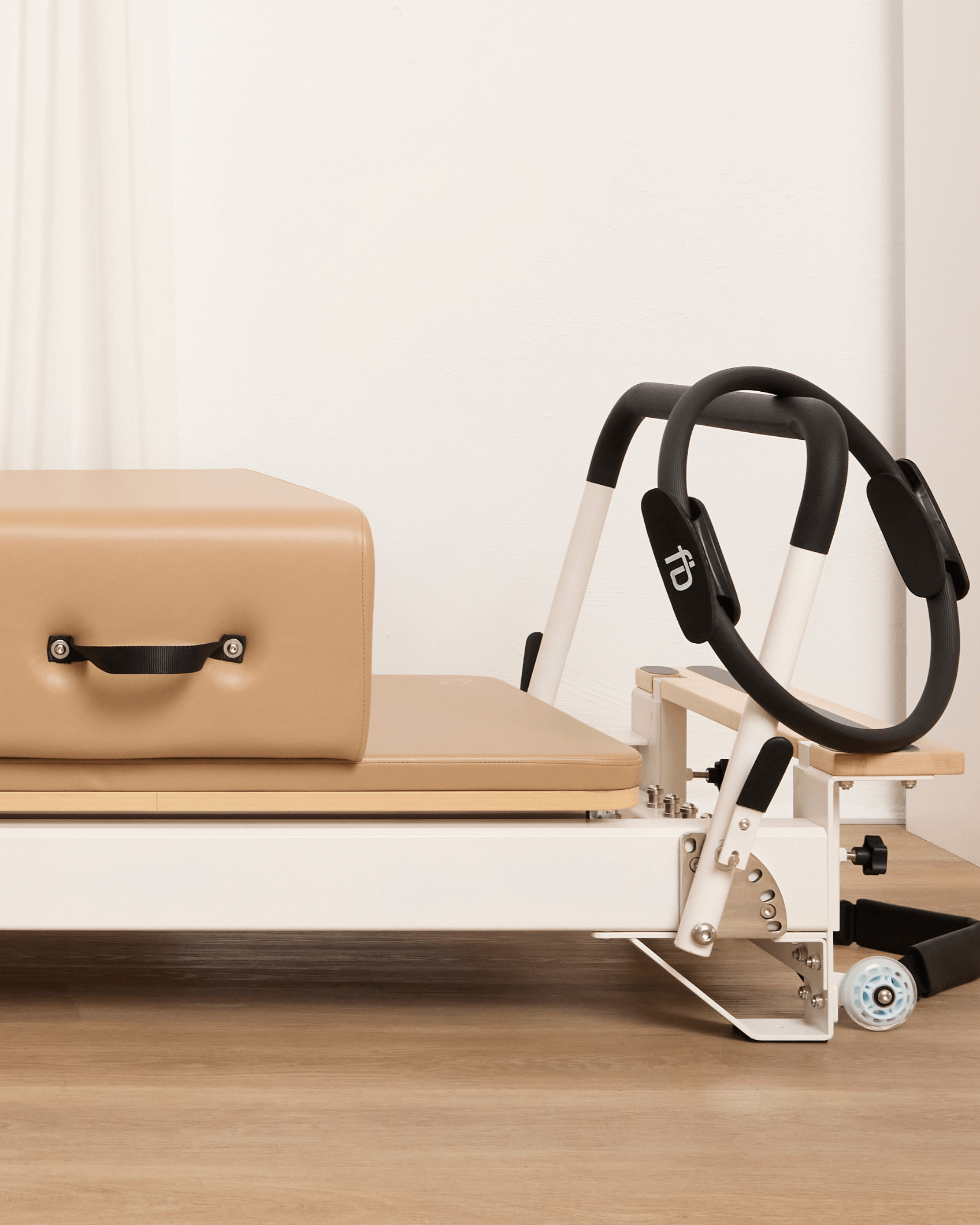
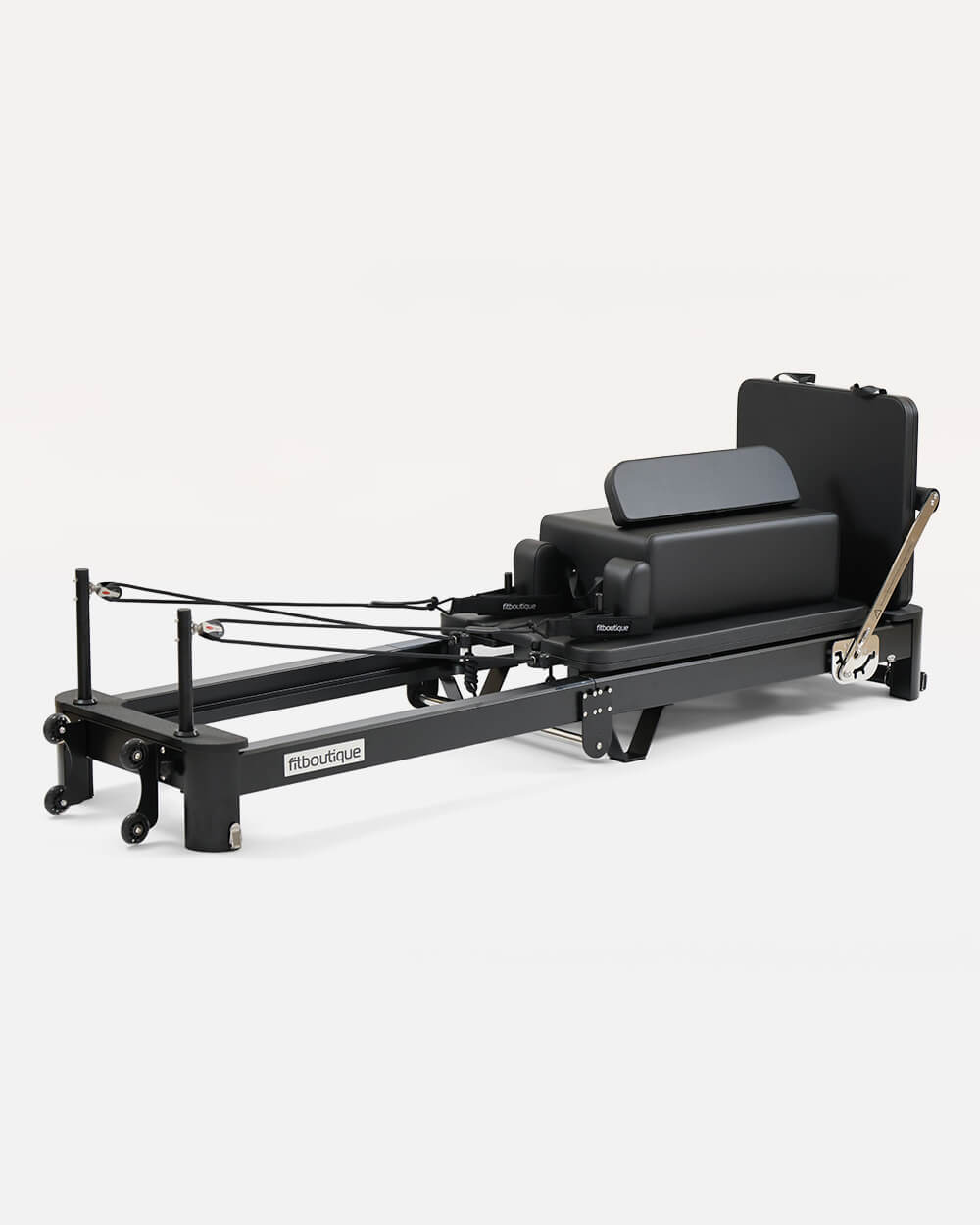


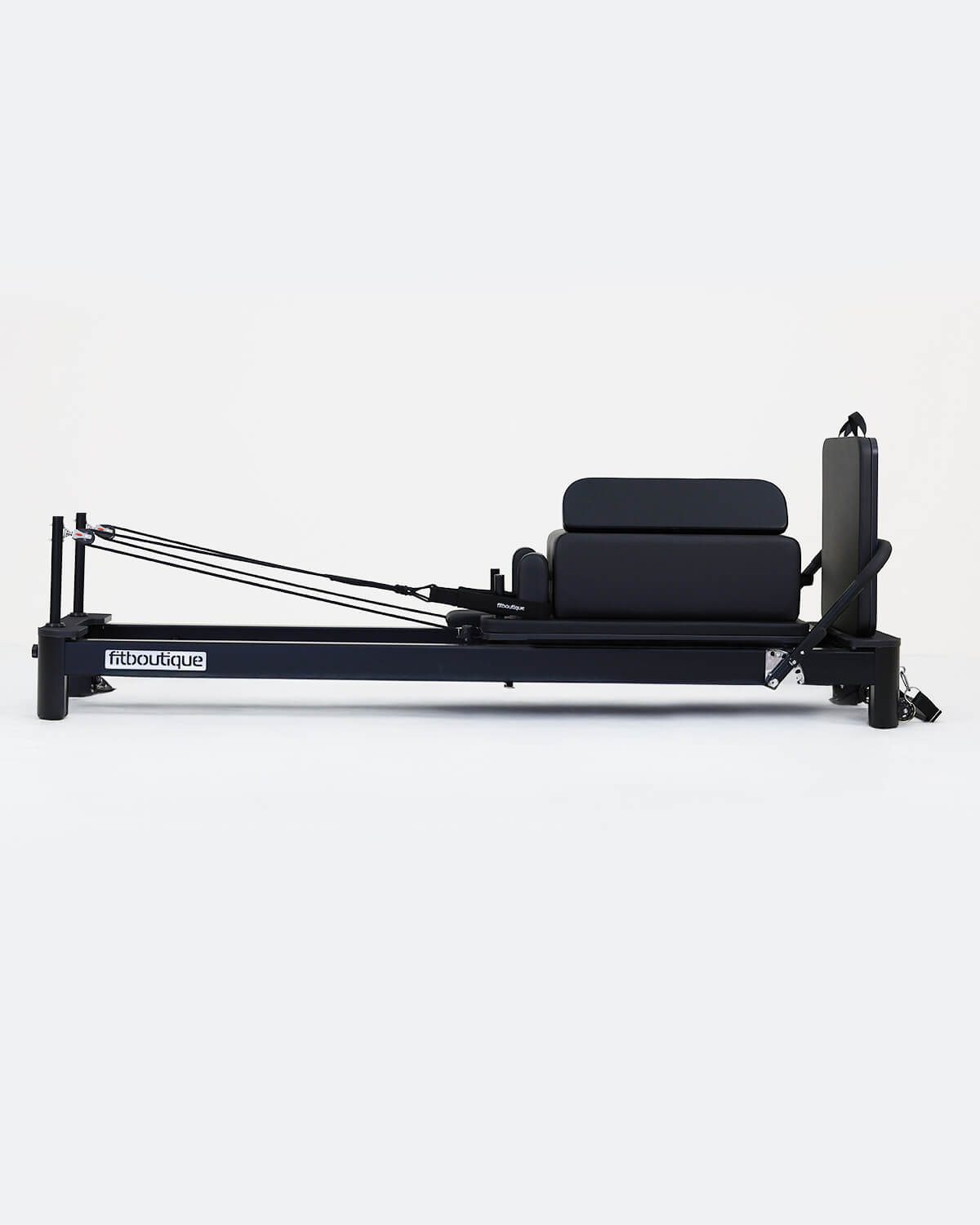
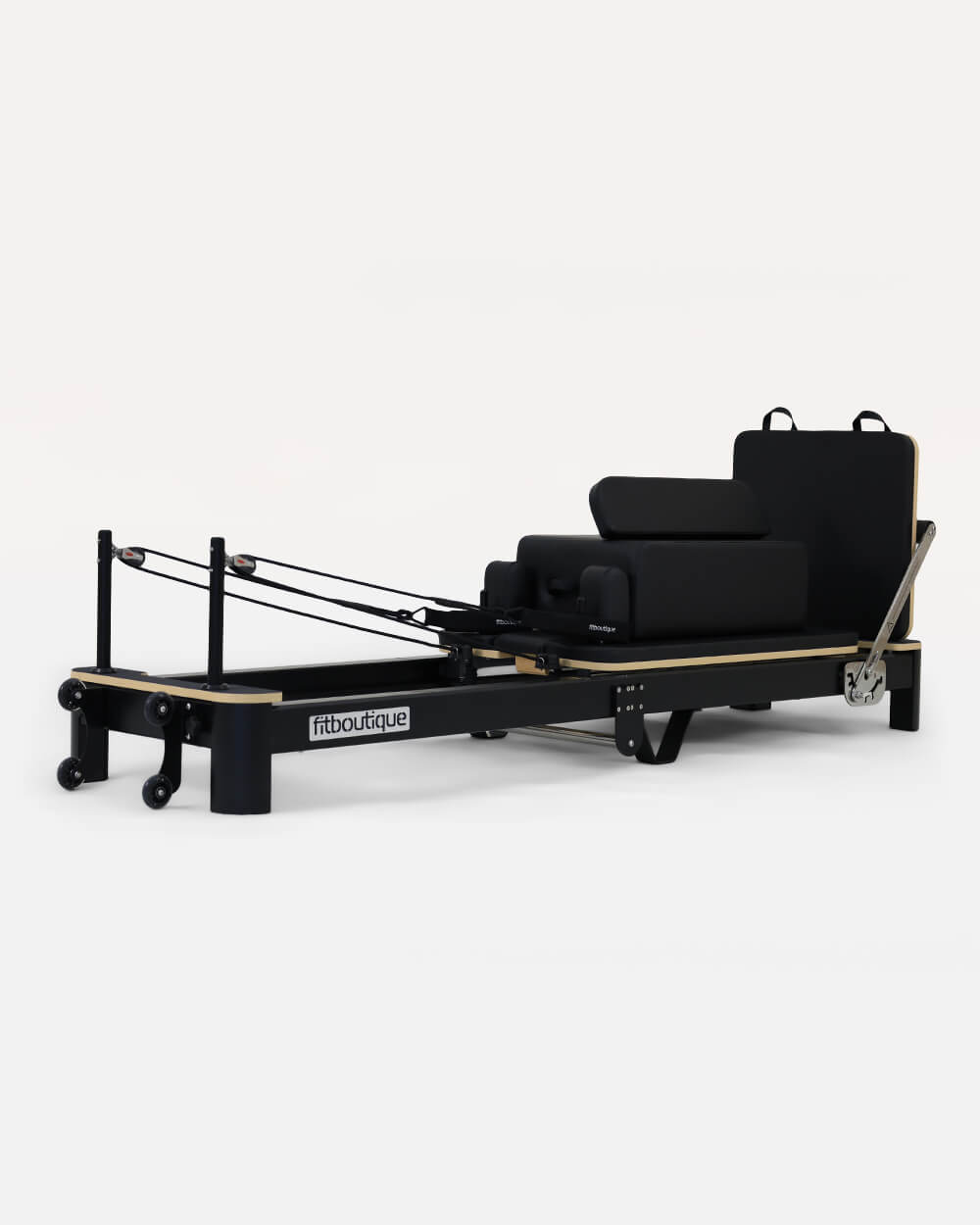
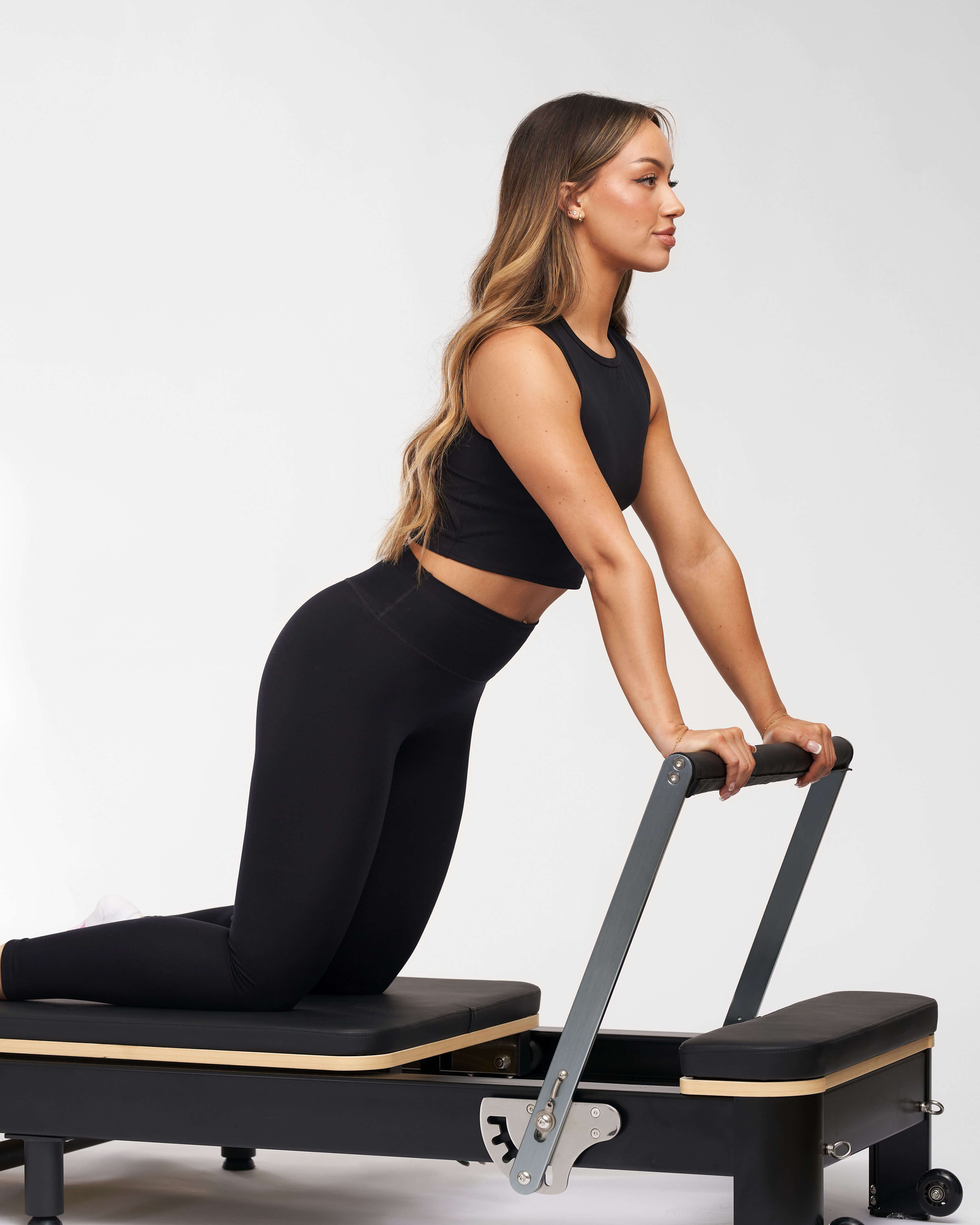
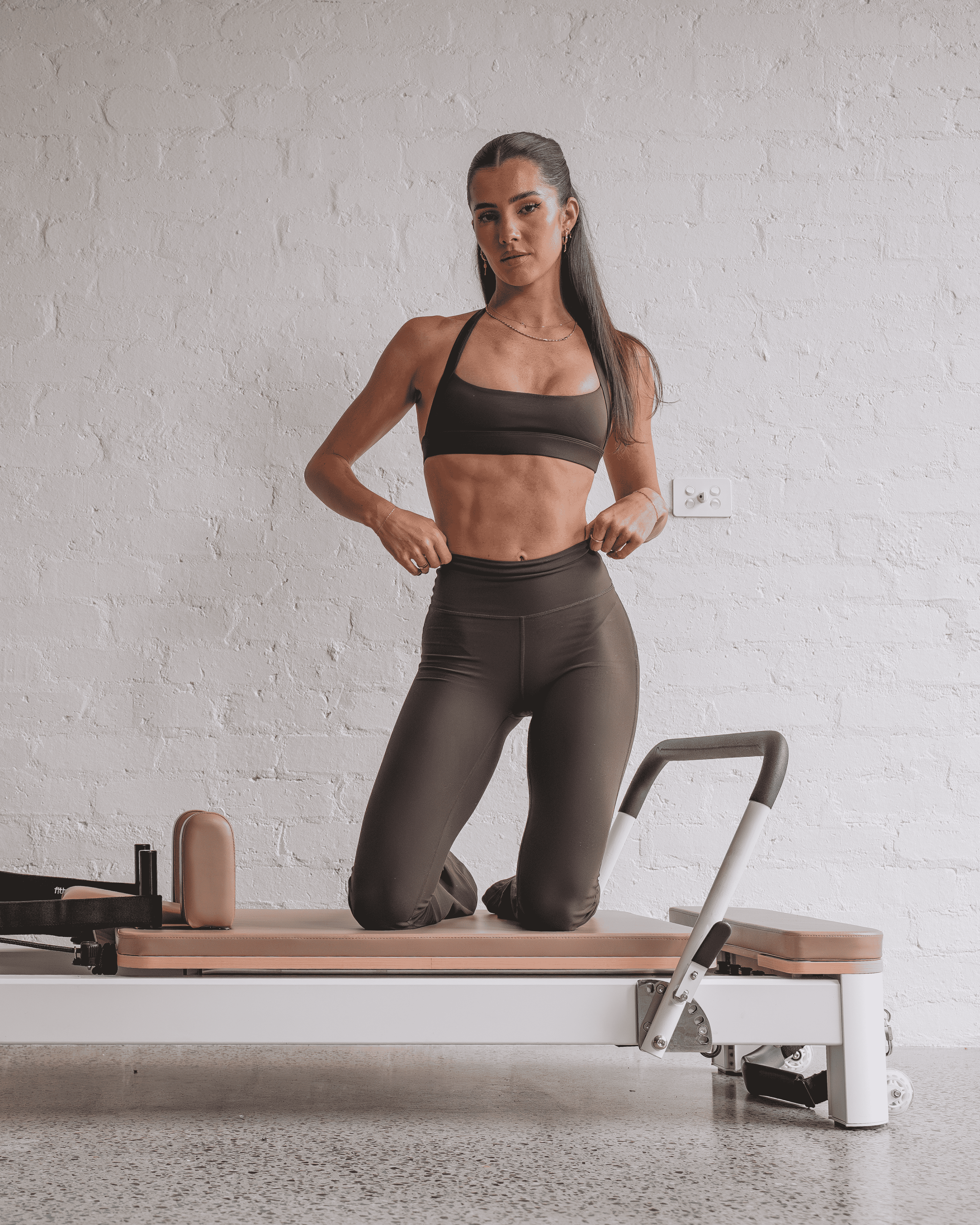
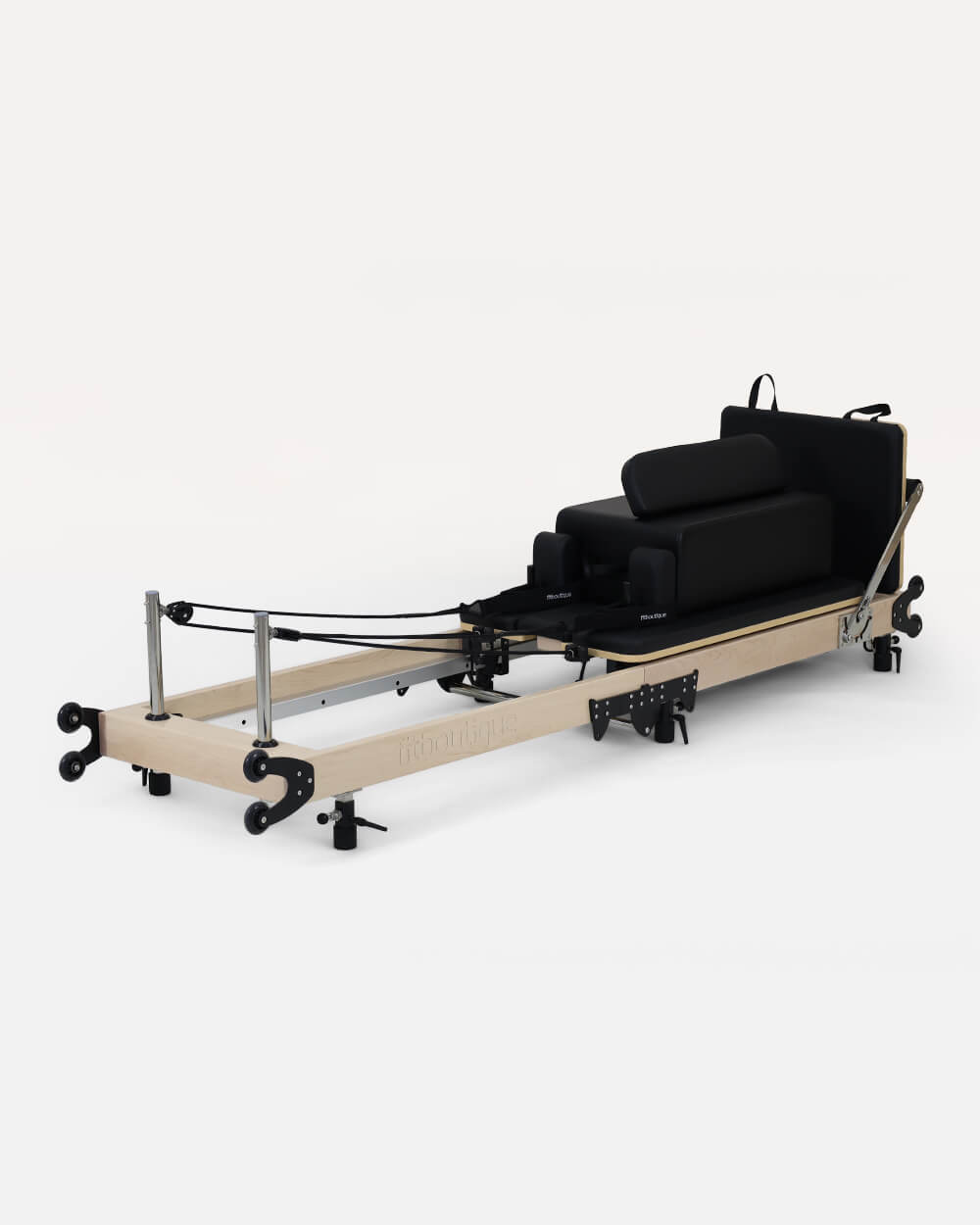

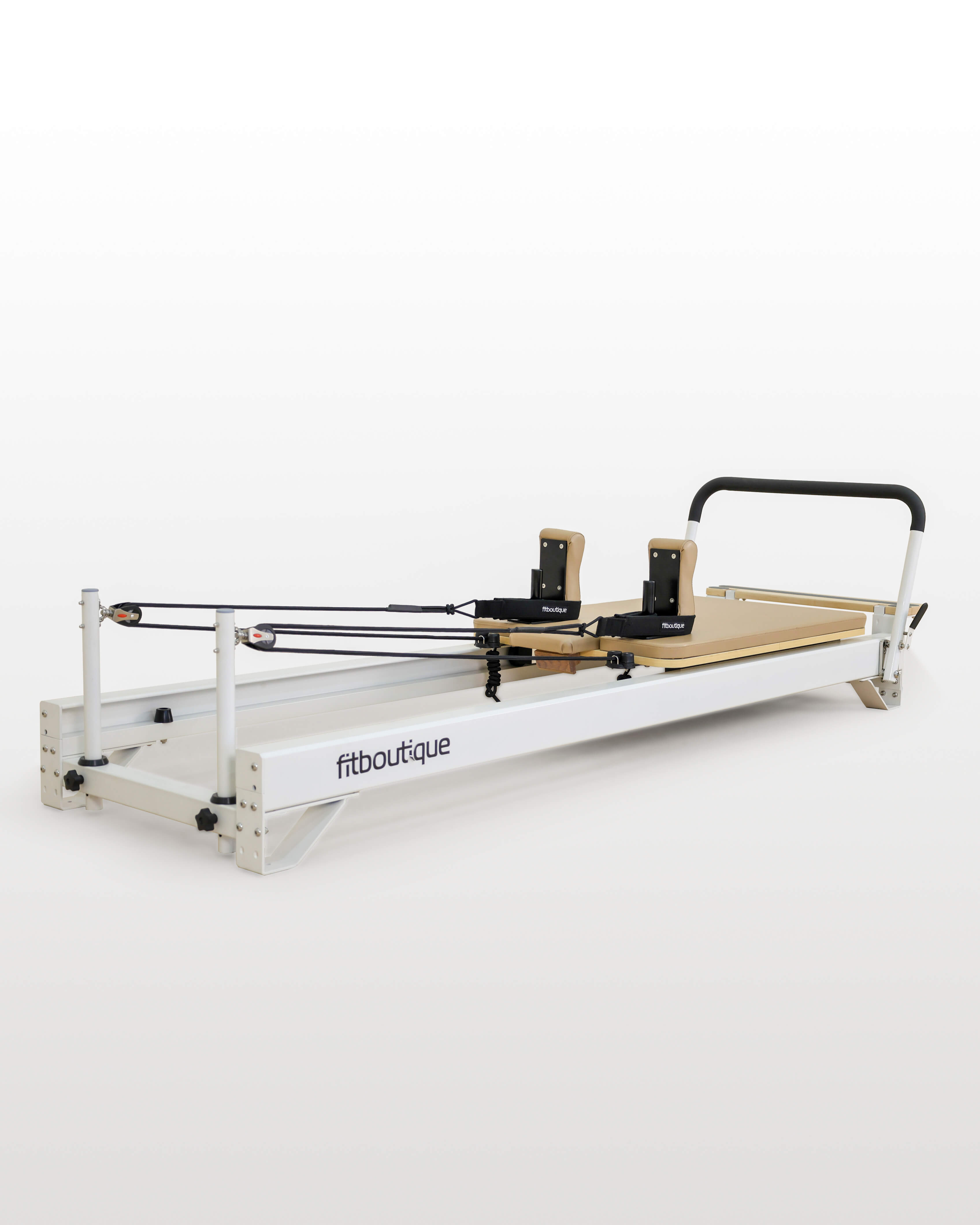
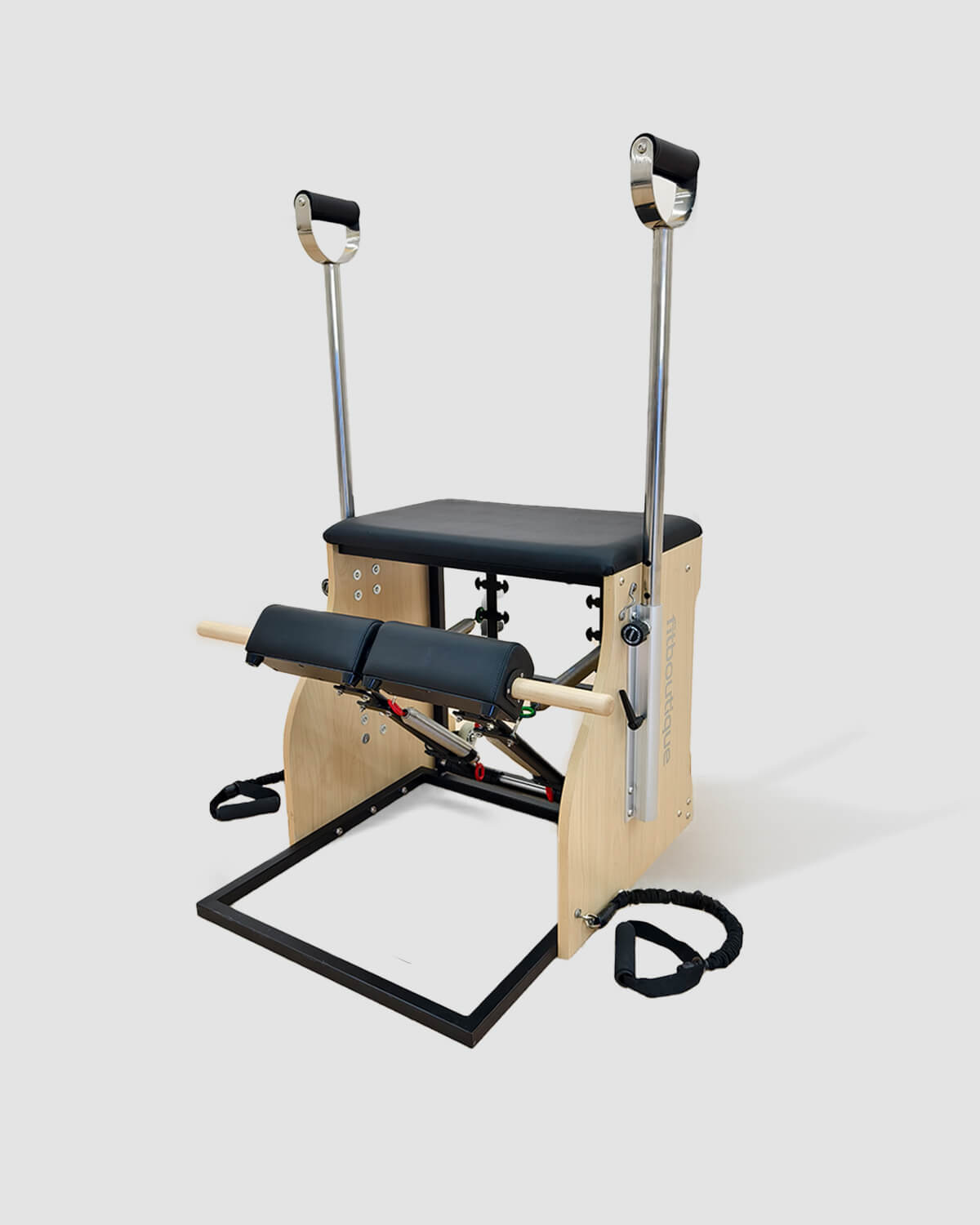
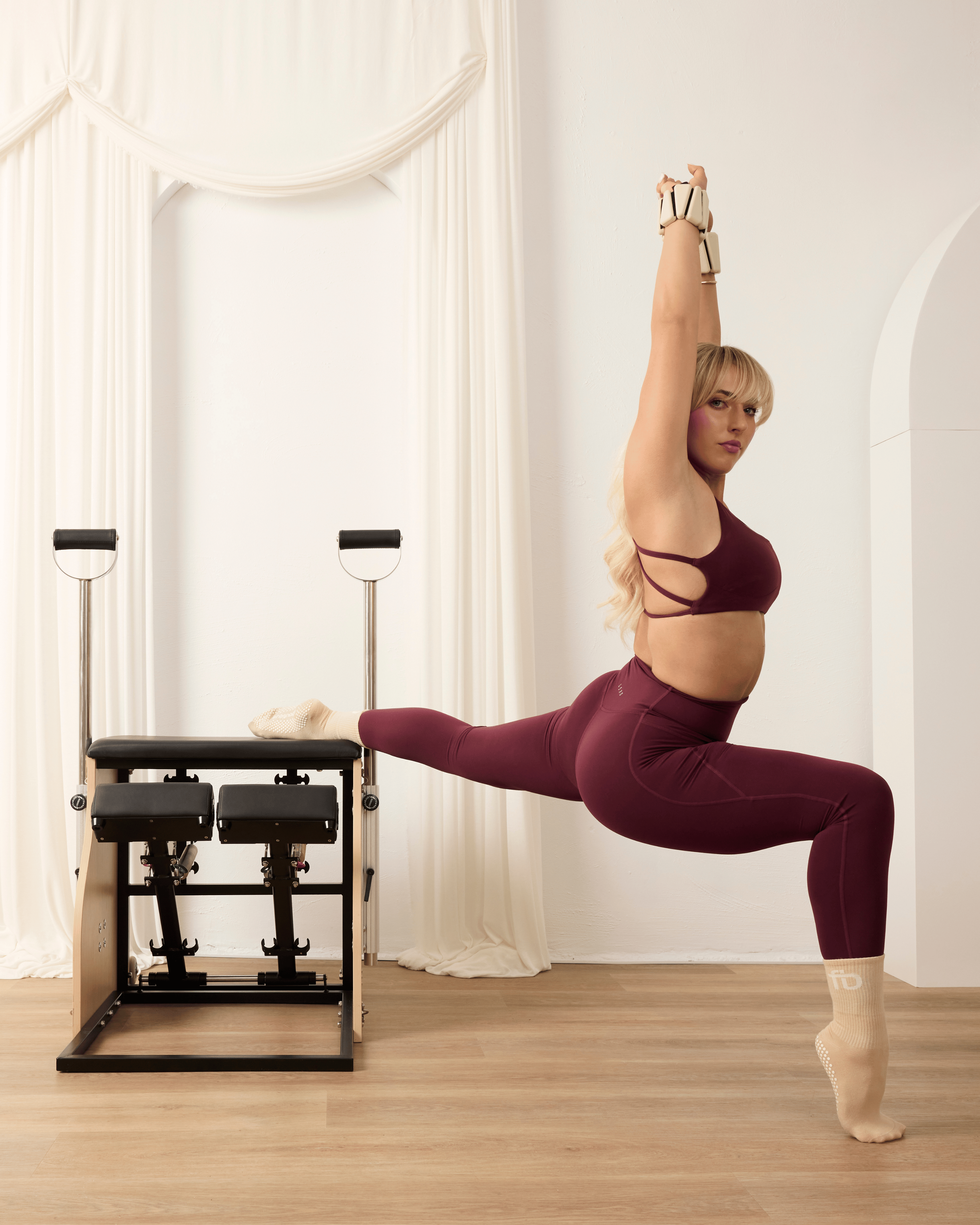
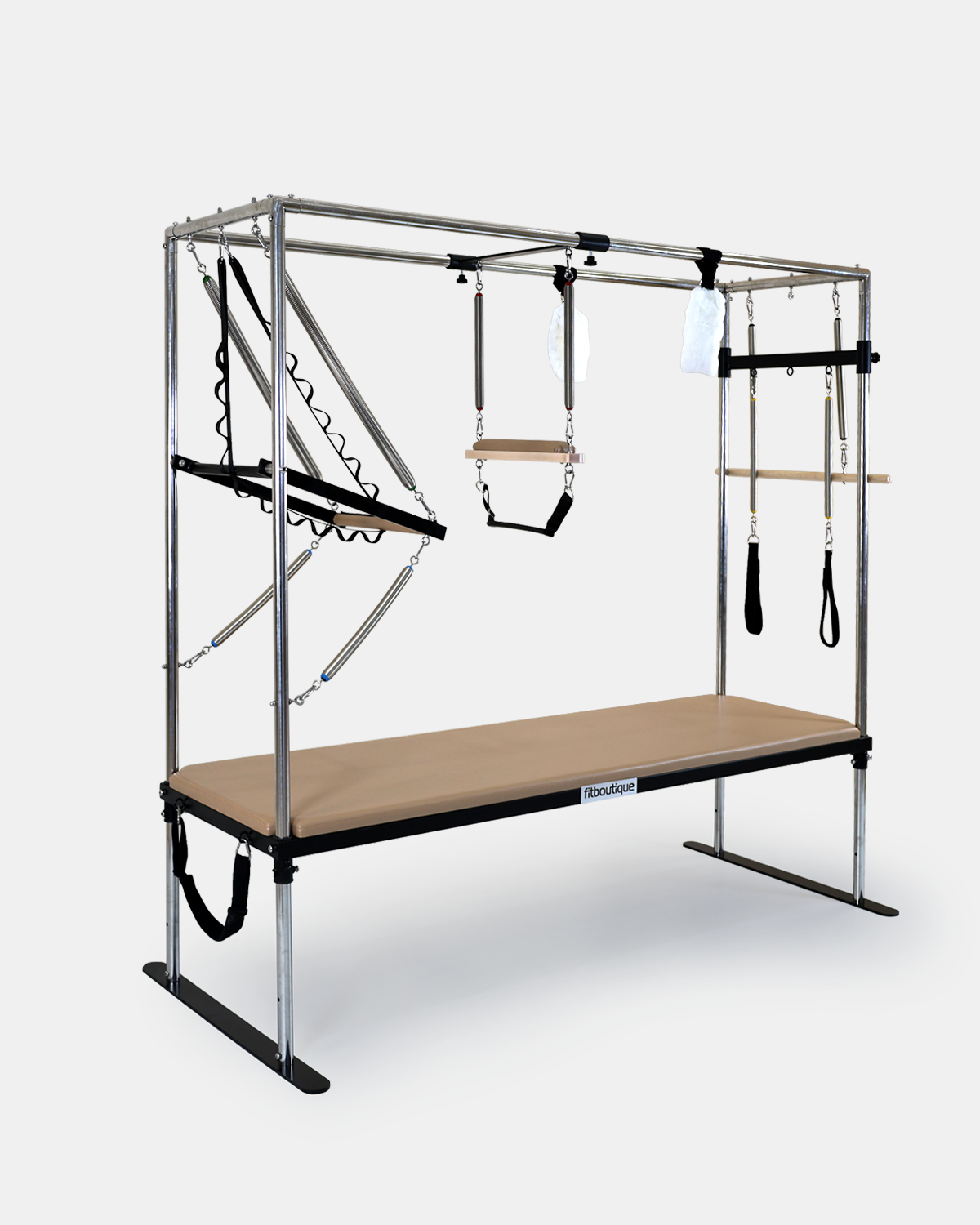
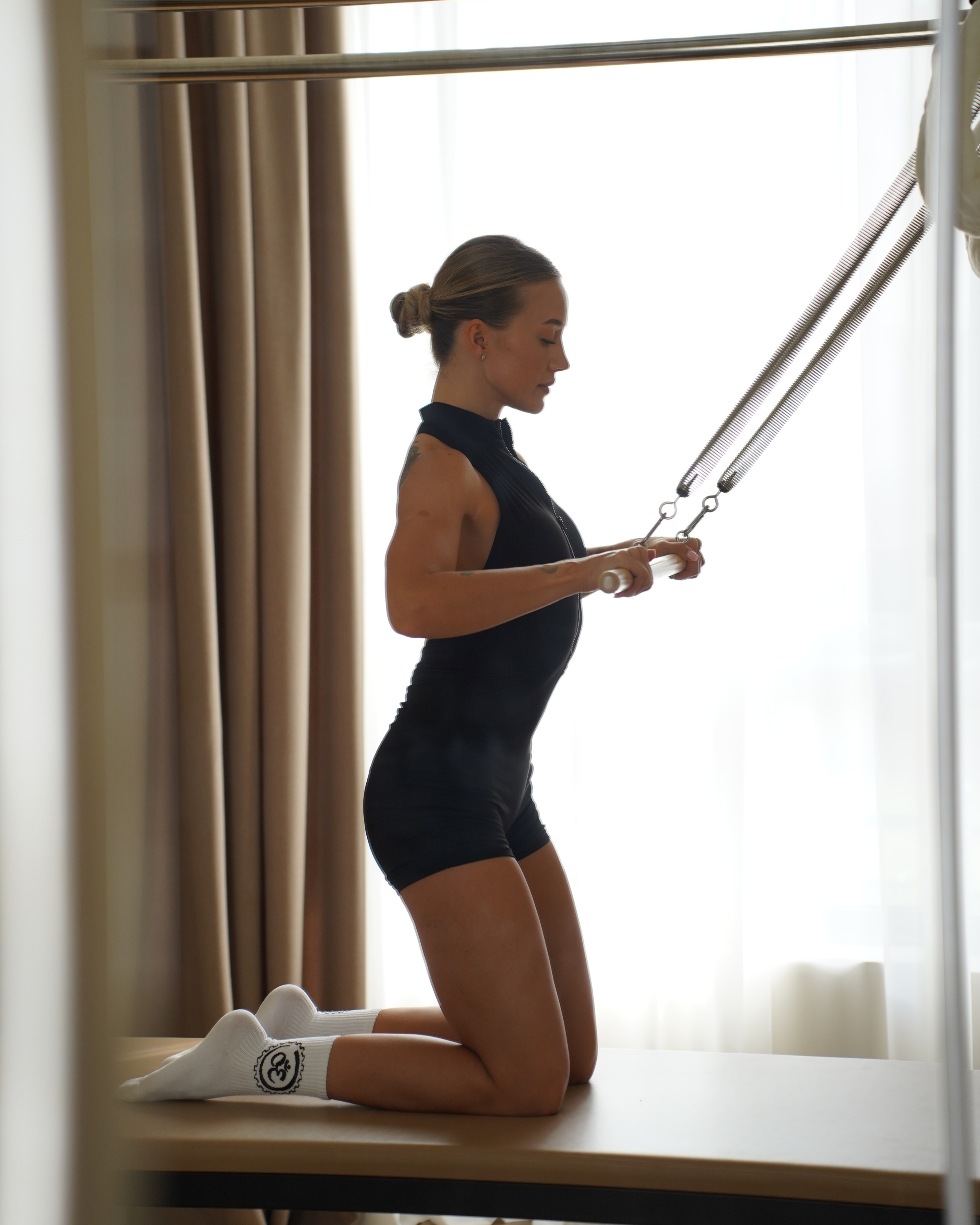
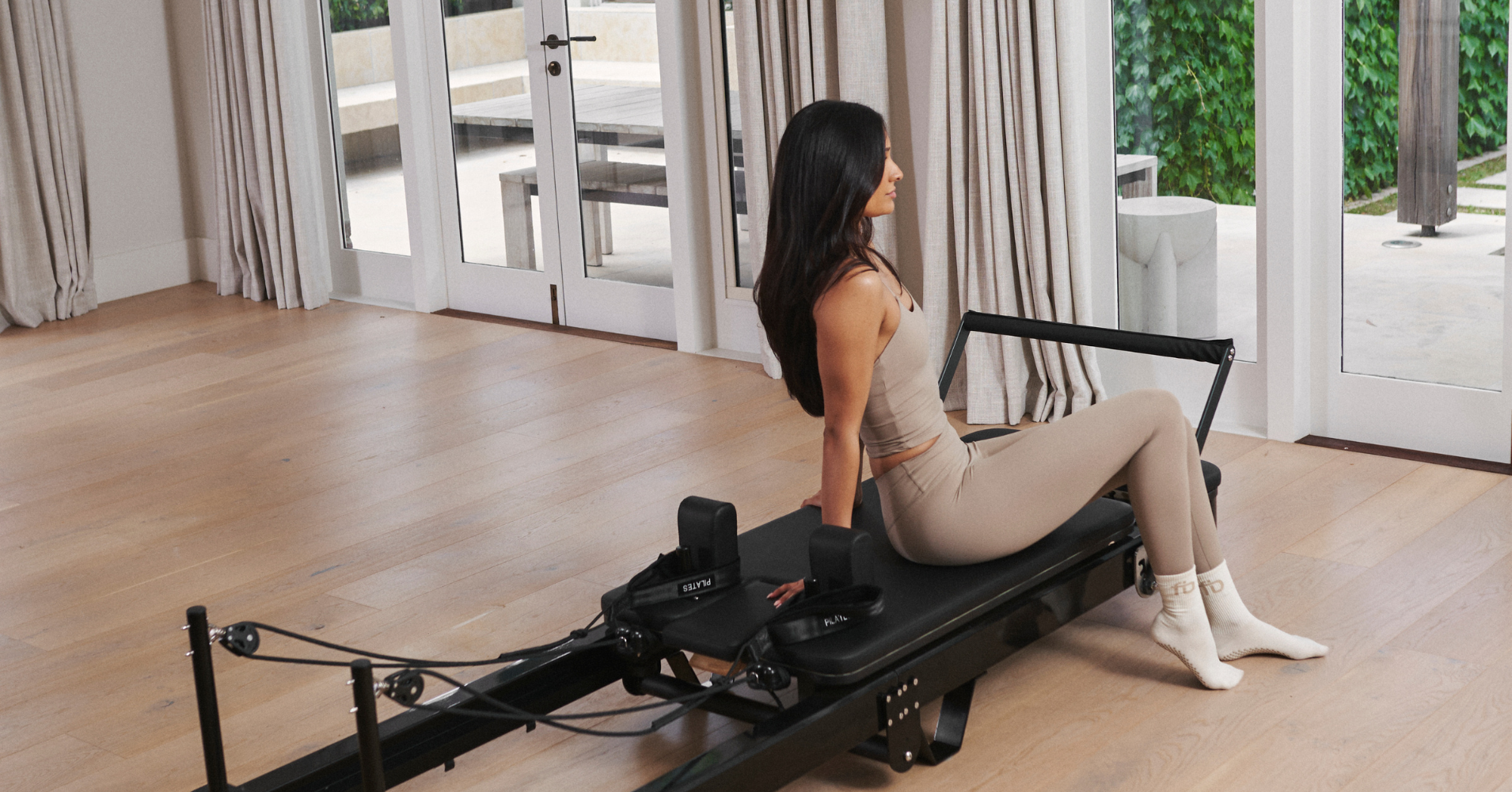
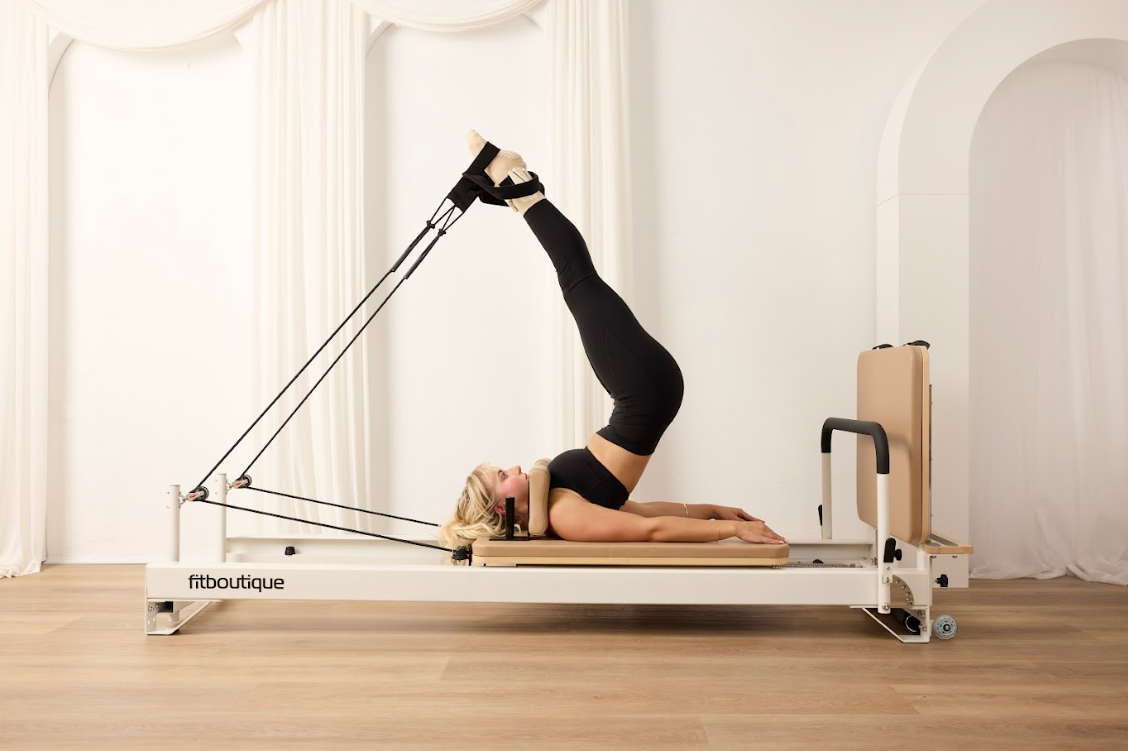
Leave a comment